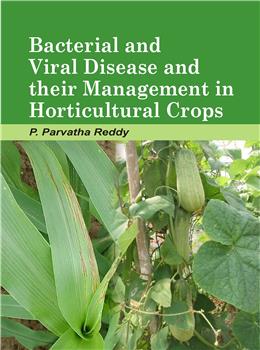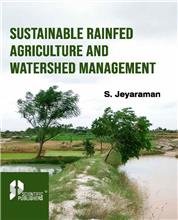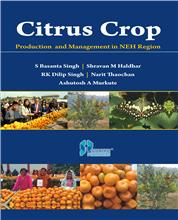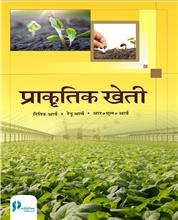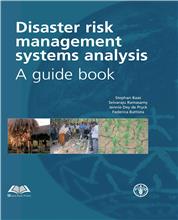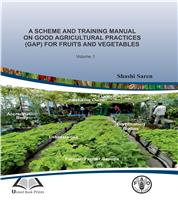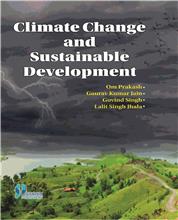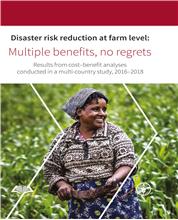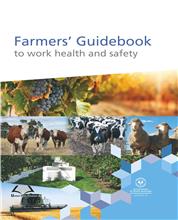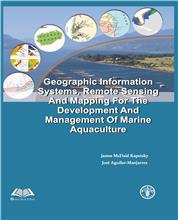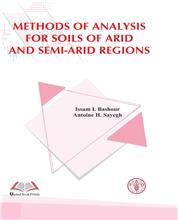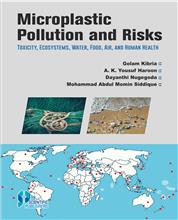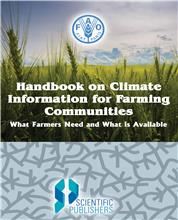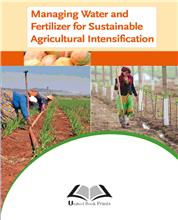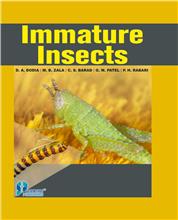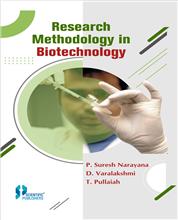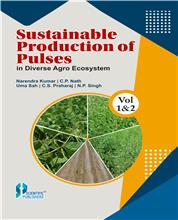Horticulture in India is fast emerging as a major commercial venture, because of higher remuneration per unit area and the realization that consumption of fruits and vegetables is essential for health and nutrition. In the last one decade, export potential of horticultural crops has also significantly increased attracting even multinationals into floriculture, processing and value added products. Productivity of horticultural crops in India is relatively low as compared to other countries. Of the several factors responsible for lower productivity of horticultural crops, bacterial and viral/mycoplasmal/phytoplasmal diseases are considered as important limiting factors. Diseases of horticultural crops continue to cause losses of about 10% of the crop yields worth more than Rs. 15,000 crores annually. More than 9,600 MT of technical grade fungicides are used annually to manage the diseases in India. The information on bacterial and viral/mycoplasmal/phytoplasmal diseases of horticultural crops (fruits, vegetables, plantation, spice, tuber, ornamental, medicinal and aromatic crops) is very much scattered. There is no book at present which comprehensively and exclusively deals with the above aspects in horticultural crops. The present book deals with distribution, symptoms, host range, disease cycle, survival, spread, transmission and management of bacterial and viral/mycoplasmal/ phytoplasmal diseases in horticultural crops in detail using regulatory, physical, cultural, chemical, biological, host plant resistance and integrated methods. The book is extensively illustrated with excellent quality photographs enhancing the quality of publication. The book is written in lucid style, easy to understand language along with adoptable recommendations involving eco-friendly components of IDM. This book is a practical guide to practicing farmers of horticultural crops. Further, it is a useful reference to policy makers, research and extension workers and students. The material can also be used for teaching undergraduate and post-graduate courses.
